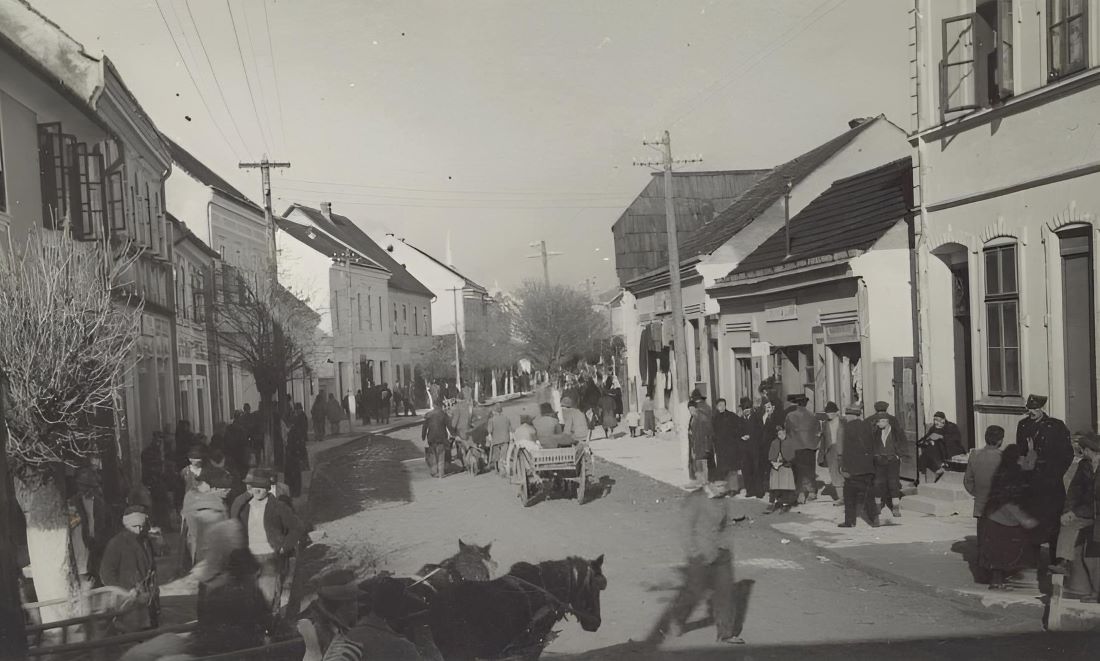Bosanska Dubica, now known as Kozarska Dubica, is located in the northwest of Bosnia and Herzegovina. During World War II, this district, home to approximately 40,000 residents, predominantly Serbs constituting over 85%, witnessed an unprecedented tragedy. Allied with Nazi Germany, the Croatian Ustaše perpetrated mass atrocities, killing more than 55% of the local population. The demographic cataclysm that befell this town has left indelible marks to this day, with the population never fully recovering.
Bosanska Dubica – Prewar Prosperity and Promise
Before World War II, Bosanska Dubica embodied significant potential and vitality. The population was young and growing, with over 35% of its inhabitants under ten years of age and more than 80% under 40 as per the 1931 census. This demographic vitality hinted at a burgeoning community, poised for growth and development. As the Kingdom of Yugoslavia was stabilizing after World War I, Bosanska Dubica began to flourish economically and socially, with the establishment of numerous shops and the emergence of a vibrant civil society.
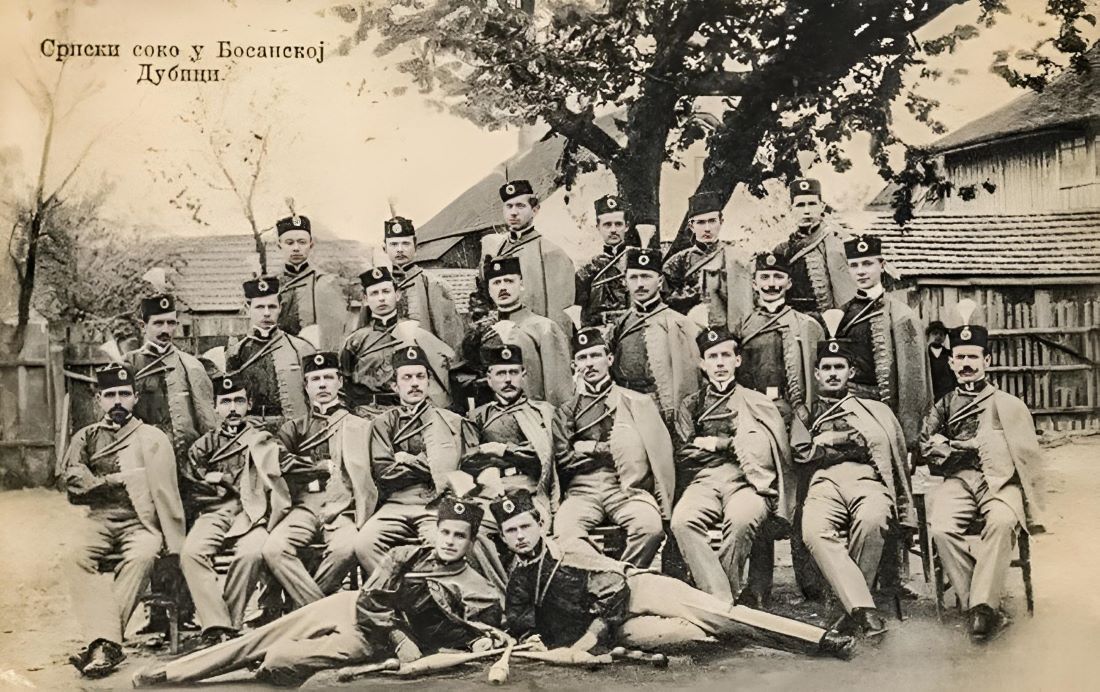
Agriculture formed the backbone of the local economy, with most of the population engaged in farming, especially cultivating wheat, oats, corn, and notably plums, which were either exported fresh or distilled into brandy. These products found markets both within the Sava Banovina and internationally. In support of agriculture, 33 threshing machines were operational by 1933, and agricultural cooperatives were founded to aid local farmers. Additionally, the livestock market in Dubica, renowned as one of the strongest in the Vrbas Banovina, attracted traders from across the Kingdom and even from Italy, indicating a robust agricultural economy.
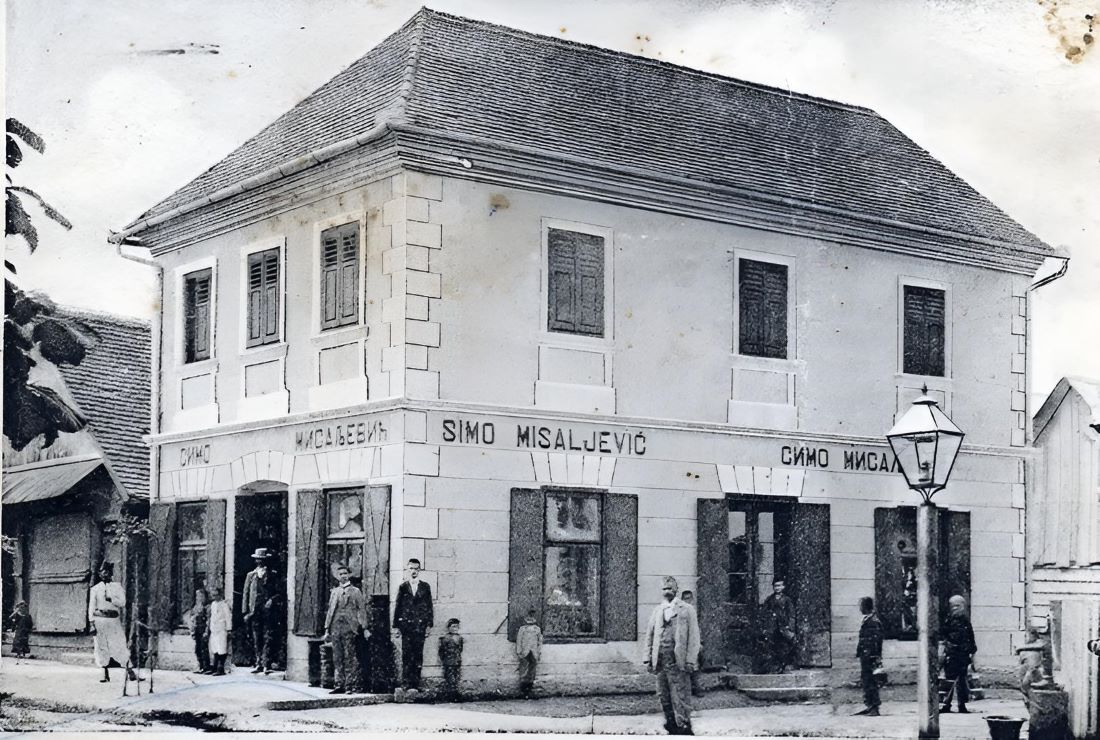
Education also saw significant advancements; a mixed civilian school with a commercial curriculum was established in 1920, and by the 1930s, it offered a diverse set of 22 subjects, including German and French. This focus on education was part of a broader effort to reduce illiteracy and foster progress within the community.
World War II and the Demographic Catastrophe
With the outbreak of World War II, the geopolitical landscape of the Kingdom of Yugoslavia dramatically transformed with the support of Nazi Germany and Fascist Italy, leading to the establishment of the Independent State of Croatia (NDH). Almost immediately, this new regime began the systematic extermination of Serbs, Jews, and Roma within its territory. Bosanska Dubica, located within the bounds of the NDH, found itself perilously close to the notorious Ustaše concentration camp at Jasenovac, where many of Dubica’s residents met their tragic fate. The terror against the people of Dubica commenced shortly after the NDH was proclaimed, with the first public executions and murders occurring during the summer months of 1941.
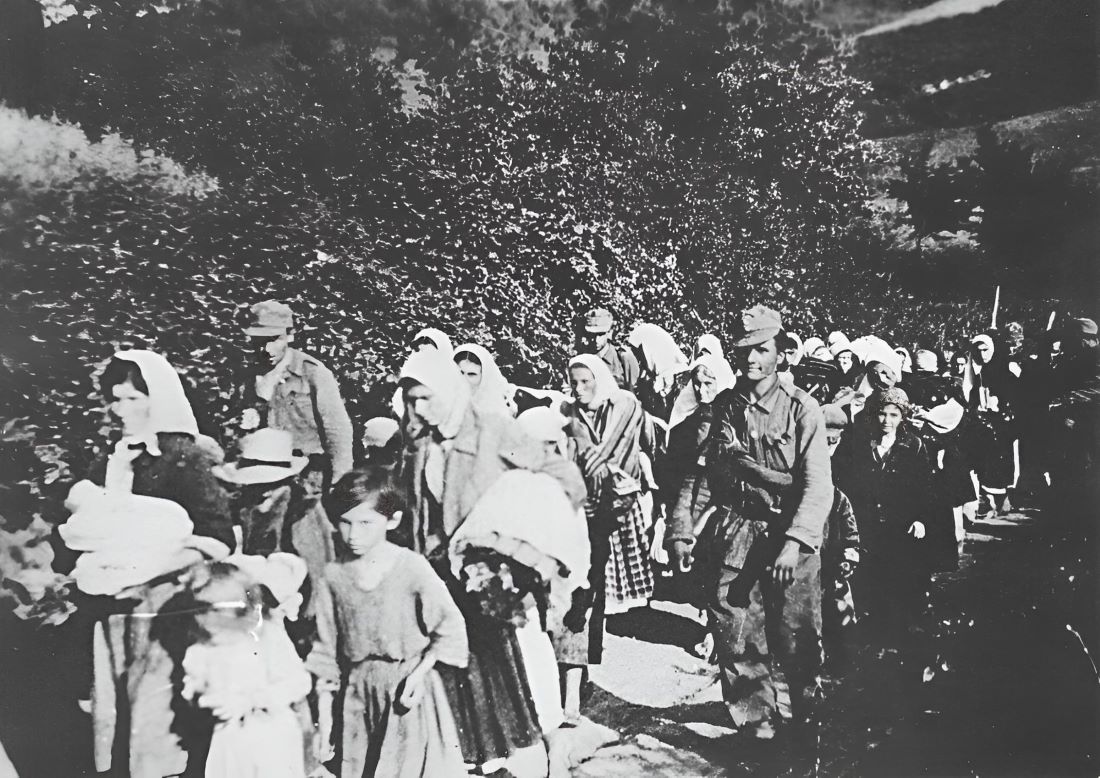
Witnesses recounted harrowing scenes where Serbian residents of Dubica were paraded through the town like medieval slaves, only to be sent to various killing sites. This widespread suffering ignited a massive uprising among the Serbian population in the area, led by the Communist Party of Yugoslavia. The resistance gained significant momentum by late 1941 and early 1942, culminating in the Kozara Offensive, where both Ustaše and German forces deployed considerable military strength. The summer of 1942 remains etched as the darkest period in Dubica’s history, marked by the mass internment of its residents in concentration camps across the NDH and the killing of thousands.
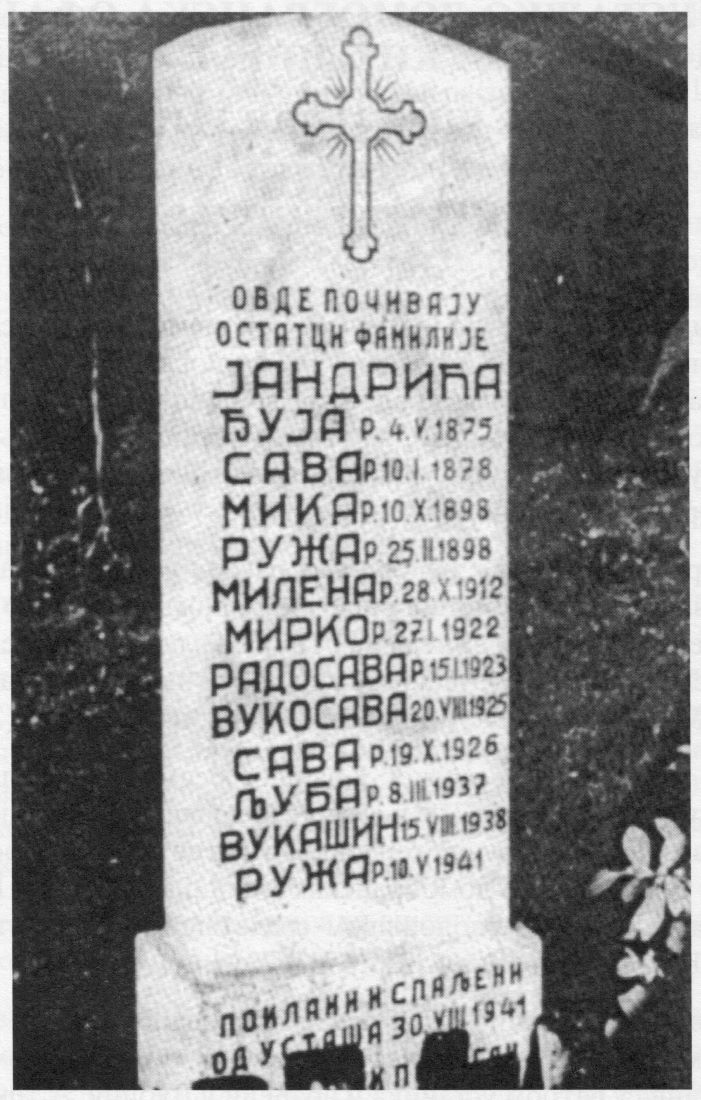
By the end of the war in 1945, it is estimated that around 21,000 to 22,000 people from Dubica had been killed, 98% of whom were Serbs. To date, the names of just over 18,000 victims have been documented. This chapter of Dubica’s history illustrates not only the severe impact of the war on this community but also the resilience and courage in the face of such overwhelming adversity.
Bosanska Dubica after the Genocide
Following the genocide against the Serb population during World War II, Bosanska Dubica emerged as a stark example of the extreme consequences of ethnic cleansing. Regarded as the most devastated place in terms of both percentage and the number of inhabitants across the former Socialist Federal Republic of Yugoslavia, the post-war period in Bosanska Dubica was a time of intense struggle and resilience.
The genocide disproportionately impacted the male population, not just the adults expected to have perished in combat, but tragically, male children as well. This significant loss of men led to a dire shortage of labor throughout the 1950s, a decade during which sowing and harvesting could scarcely be imagined without the active participation of women and girls. These women gradually took on more significant roles in society, becoming capable of handling all tasks, including operating tractors. By 1957, a correspondent from the “Krajina News” in Banja Luka noted that women-led 60% of households in the former district of Bosanska Dubica. One particularly poignant story reflects the era’s desperate circumstances—a local woman, married a man she had never met, who lived in Melbourne, Australia, in a wedding conducted in his absence, illustrating the scarcity of young men in her region.
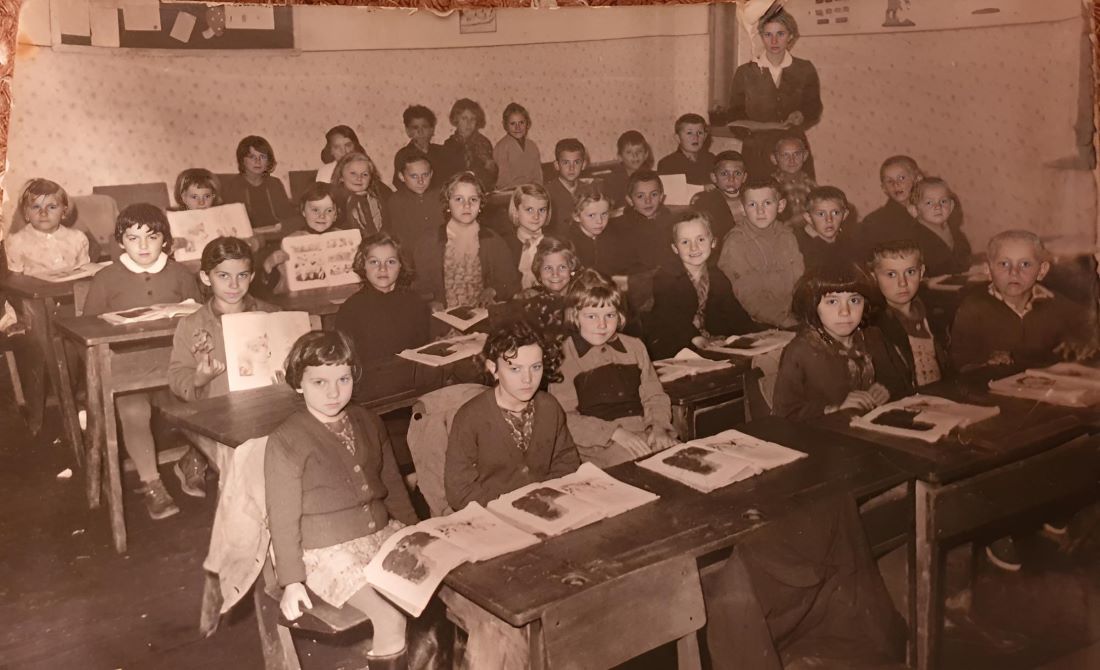
The profound suffering endured by the people of Bosanska Dubica serves as a grim reminder of the horrors of genocide. It underscores a chapter in history that must never be repeated and stands as a testament to the resilience of a community that, against all odds, strove to rebuild and recover from the ashes of destruction. This history should serve as a sobering lesson on the dangers of intolerance and the value of peace and coexistence.
Historical Challenge: Can You Conquer the Past?
Answer more than 18 questions correctly, and you will win a copy of History Chronicles Magazine Vol 1! Take our interactive history quiz now and put your knowledge to the test!

